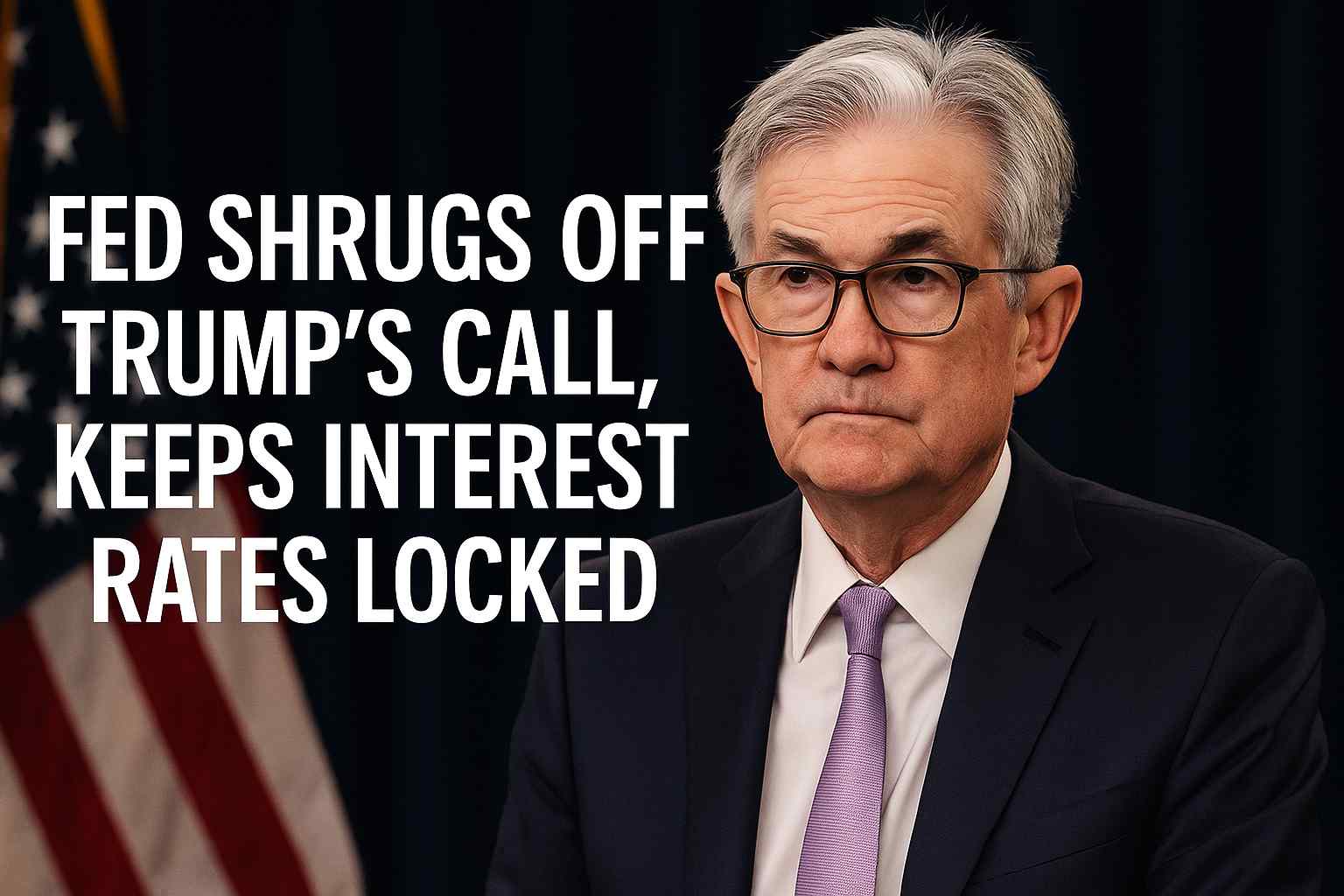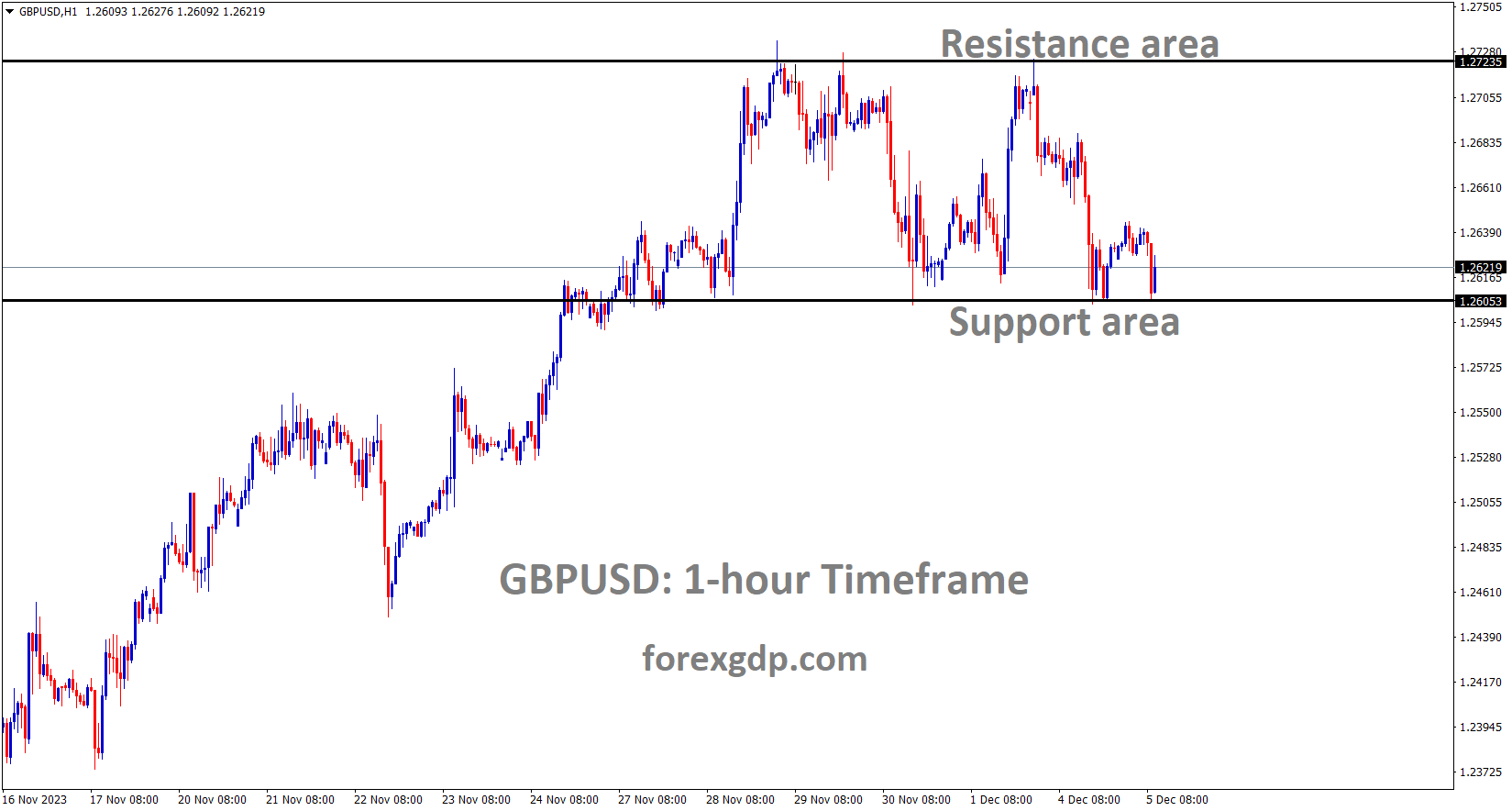The US Federal Reserve has once again decided to keep interest rates unchanged, a move that has sparked a lot of discussion and mixed reactions. This decision comes despite President Donald Trump strongly pushing for lower rates to help stimulate the economy.
Interest rates remain at their current levels, between 4.25% and 4.5%. Interestingly, two members of the Fed’s board voted against keeping rates steady. They wanted to lower rates, signaling a shift within the board that could lead to future rate cuts.
Let’s dive deeper and explore what’s happening, why it matters, and how this could impact everyday Americans.
Why is the Fed Holding Back on Interest Rate Cuts?
The Federal Reserve’s decision to keep interest rates unchanged isn’t just a random choice. They make these decisions based on several factors, including economic growth, employment numbers, inflation, and global events like trade disputes.
Economic Growth Looks Mixed Right Now
Recently released economic data shows a confusing picture. From April to June, the US economy grew by about 3%. On the surface, this looks good, especially after shrinking during the first three months of the year. But a closer look reveals that this growth mainly comes from a big drop in imports due to tariffs President Trump placed on several countries.
This means the economy isn’t exactly booming; instead, it’s adjusting to new trade barriers. Jim Thorne, an economist, pointed out that this growth number could be misleading. He believes the economy is actually losing some steam underneath, despite what the headline numbers suggest.
Tariffs Create Uncertainty
The ongoing tariff battle initiated by President Trump is making it hard for the Fed to predict the economy’s next moves. Tariffs can drive prices higher for consumers, which could lead to inflation. They can also slow economic growth, affecting businesses that rely heavily on imports.
Fed Chairman Jerome Powell mentioned this uncertainty at a press conference. He said the Fed needs more time to understand exactly how tariffs will impact the economy. The central bank wants to avoid making sudden moves that could hurt employment or increase inflation further.

Internal Debate at the Fed: A Rare Disagreement
Typically, decisions at the Federal Reserve are unanimous or close to unanimous. But this latest meeting showed a rare divide, marking the first significant internal disagreement in over 30 years. Two board members openly argued for cutting rates now rather than later.
Why Do Some Fed Members Want Lower Rates?
Those in favor of rate cuts argue that lowering interest rates could help protect the economy from slowing down too much, especially since signs of weaker job growth have emerged. Although unemployment remains low at around 4.1%, the rate of new jobs being created is slowing. Lower rates could encourage more borrowing and spending, helping businesses grow and hire.
Economist Andrew Hollenhorst notes that delaying too long could turn minor weaknesses into bigger problems. He fears the Fed could act too late, harming the job market and overall economic growth.
Powell Defends the Cautious Approach
Jerome Powell insists caution is the right path forward. He sees stable employment figures and thinks the Fed has room to wait and observe before taking significant action. Powell believes making a rushed decision, either raising or lowering rates, could hurt more than it helps.
Despite increasing pressure, Powell hasn’t signaled clearly whether rates might go down soon, leaving markets guessing and creating some frustration among investors and politicians.
Trump vs. Powell: A Public Clash Over Interest Rates
President Trump’s vocal criticism of the Federal Reserve, particularly Jerome Powell, is highly unusual for a sitting president. Trump strongly believes that lower rates could boost economic growth by encouraging people to buy homes, cars, and invest more freely.
Trump has publicly pressured Powell, even referring to him as “Mr. Too Late,” implying he’s delaying essential actions that could benefit the economy. Trump also argues that lower rates would reduce government debt payments, helping the national budget.
Powell Pushes Back Against Trump’s Pressure
Jerome Powell has stood firm against this criticism, emphasizing that the Fed makes decisions based purely on economic data and long-term goals, not political pressures. He noted that while the Fed influences overall borrowing rates, it doesn’t directly control mortgage rates. Other factors, such as government borrowing levels and market forces, also play a significant role in shaping mortgage and loan rates.
Powell insists the Fed will continue to base decisions on evidence and data, maintaining independence from political influences.
What Does This Mean for Average Americans?
Even though the Fed’s decision can seem complicated, it has a significant impact on everyday life. Here’s what it could mean:
-
Homebuyers and homeowners: Rates staying steady means mortgage rates likely won’t change much for now. Those looking to refinance or buy a home might want to keep an eye on future Fed decisions because lower rates could make borrowing cheaper.
-
Consumers and inflation: With inflation slightly above the Fed’s 2% target (around 2.7%), the Fed is cautious. Stable rates suggest prices for everyday goods might remain relatively predictable in the short term.
-
Employment and wages: Stable rates mean the Fed sees the job market as mostly healthy, though slowing job creation could become a bigger worry soon. Workers might see slower wage growth if businesses hesitate due to economic uncertainty.
What’s Next? Waiting for Clarity
The Fed’s current strategy appears to be “wait and see.” They’re closely watching economic indicators like job growth, consumer spending, and how tariffs continue to affect businesses.
If economic indicators worsen, especially if job growth weakens further or inflation rises significantly, the Fed could quickly shift toward lowering rates. Conversely, if the economy stabilizes and tariffs don’t dramatically affect prices or growth, rates might remain steady longer.
Investors, economists, and regular Americans alike will continue to watch the Fed closely for clues about future decisions, especially as political pressure from the White House persists.
Final Thoughts: Staying Patient During Uncertain Times
The Federal Reserve’s latest decision to hold interest rates steady reflects a careful balancing act. On one side, economic growth seems decent but fragile. On the other, tariffs and global uncertainty create risks that could quickly change conditions.
For now, the Fed has chosen caution, holding steady despite pressure from political leaders like Trump. The disagreement among Fed policymakers shows uncertainty even within the institution itself.
Americans should stay informed but patient, as the coming months will provide clearer signals about where interest rates—and the economy—might be heading next.






